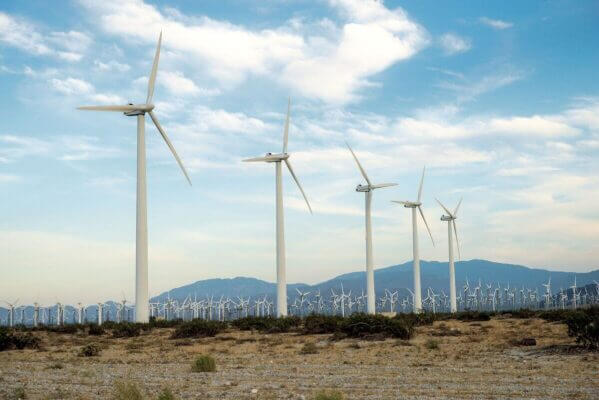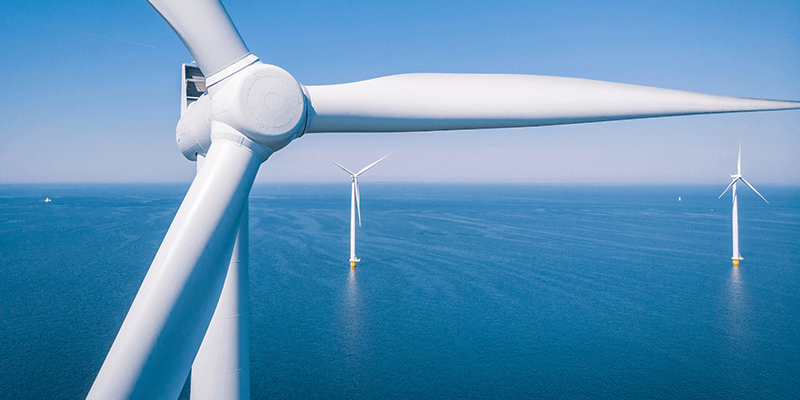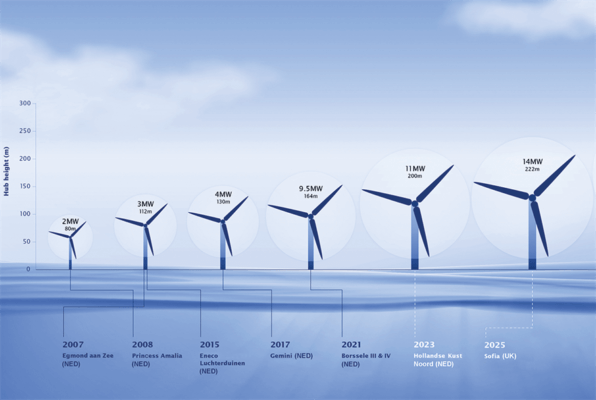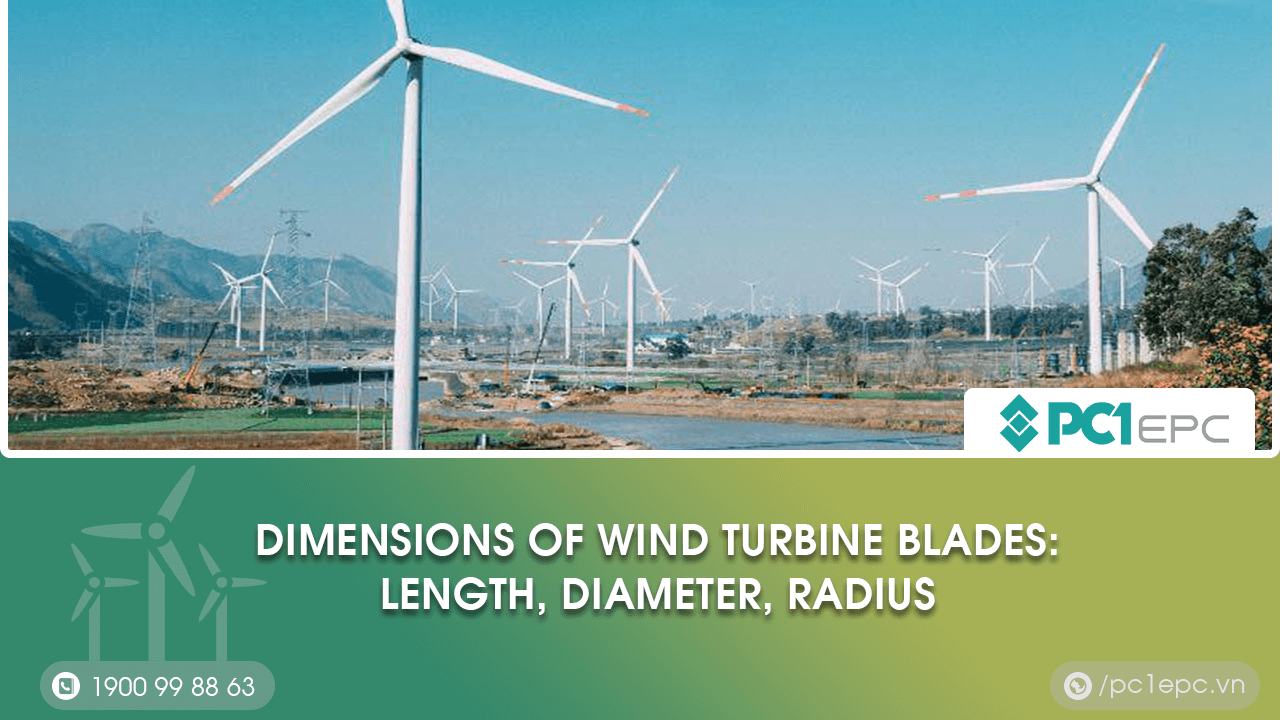Wind turbines are large to extremely large objects and devices. They reach into the sky to take advantage of strong and steady winds to generate electricity from the wind. But how tall and large can a wind turbine blade be? Let’s learn with PC1 about the parameters of wind power propellers including length, size…
Wind power propeller parameters

It can be seen that most wind turbine blades are built on top of a mountain or hill, so it is difficult to judge the true size. Depending on the specifications of each manufacturer, the figures and locations of wind farms will vary. Offshore wind farms will often have larger wind turbine blades on the main shore because of the larger spatial characteristics and wind power at sea.
In 2019, GE announced its massive Haliade-X offshore wind turbine with rated capacities from 12 MW to 14 MW. Haliade-X is like a tower 248 meters high, but from the base to the tip of the wings, the turbine must be up to 260 meters high. The diameter of this propeller is 220 meters, equivalent to more than 80% of the overall height. Because of its huge size, Haliade-X can power a house for 2 days with just one rotation.
Wind power propeller size
The average size of wind turbine blades is 116 ft in length. At this level, the transport vehicle can still proceed to transport them. However, trucking infrastructure has been challenged by growth towards larger, taller wind generators with blades nearly 200 feet long.
What is the average length of wind turbine blades?

Today, the wind turbine blades produced are all extremely large, their average height will be from 100m – 135m. Therefore, the propellers of these turbines are also super large. On average, each wing has a length of 65m – 80m, weighing from 20-25 tons.
Is the diameter of wind turbine blades really getting bigger year by year?
The turbine blade diameter, or the width of the circle swept by the rotating blades, has also increased over the years. Whereas in 2010 people used propellers with a diameter of 115 meters (380 feet) or larger. But in 2021 and beyond, the average figure is 127.5 meters (418 feet) – meaning the diameter will be longer than a football field.
The reason for the increase in wind power propeller radius

The larger blade radius allows the wind turbine to sweep more area, capture more wind, and produce more electricity. Turbines with longer blades will be able to capture more wind than shorter blades – even in areas with less wind. Capturing more wind at low wind speeds could increase the number of wind growth zones across the country. Due to this trend, the swept area of wind turbine blades has increased by about 600% since 1998 – 1999.
Is there a limit on wind turbine blade size?
The specialized design of the propeller can lead to a collision with the tower section when it reaches a certain length. Therefore, depending on the height of the tower, each turbine will have different restrictions on the maximum size of the wind turbine blades. At this time, people will rely on the laws of physics to calculate the optimal size of wind power blades.
Obviously, building a large turbine that still ensures safe operation, at present, is not possible. These machines are reaching the size of some of our tallest architectures. GE Haliade-X – the world’s largest wind turbine is only about 40m lower than the Eiffel Tower. Building a larger structure and making sure it stands up to inclement weather is really hard. Excluding wind turbine components that include moving parts. So the challenge will still be there because materials and manufacturing techniques still have certain limitations.
Final thoughts
It can be said that the size of the wind turbine blade will determine the amount of power it generates. The longer the length of the wing, the more wind power it generates. We can fully expect in the future, wind turbines will become larger and larger not only in terms of overall blade size but also be able to generate more power with fewer materials.
See more: Energy storage solutions provided by PC1 Group


